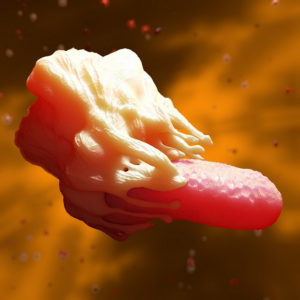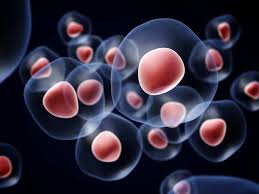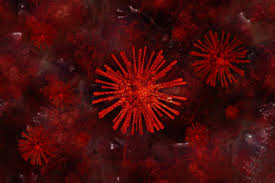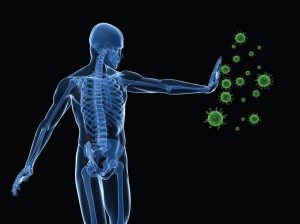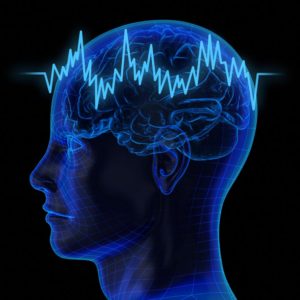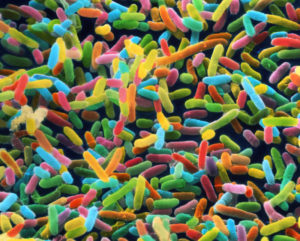Cortical organoids—three-dimensional bundles of neurons and glia grown in a dish from induced pluripotent stem cells—look a lot like tiny brains. And while the gene expression, cell types, and organization found in these spherical structures have similarities to the developing cortex, it’s not clear whether they’re also an appropriate model in which to explore how neural networks form.
In a study published today (August 29) in Cell Stem Cell, researchers have shown that organoids derived from human stem cells produce brain waves that become more complex as development progresses. The synchronized neural activity can be blocked by drugs, a sign that cells were communicating with each other and forming functional neural circuits within the miniature brains.
The authors draw parallels between organoids’ neural patterns and those of the brains of preterm infants and point to them as evidence that cortical organoids could be used to study neural networks, perhaps in organoids created from the cells of patients with neurological or psychiatric disorders. Others in the field caution that what these oscillations really mean is still an open question.
“The idea of organoids developed from fibroblasts that will give us patient-specific information is really exciting,” says John Huguenard, an electrophysiologist at Stanford University who was not involved in the study. “I’m a little less excited about the nature of the activity that they’re seeing. It’s a sign that they’re going in the right direction, [but] we’re just not quite there yet.”
Previous work has shown that neurons in cortical organoids are capable of firing here and there. Alysson Muotri, a biologist at the University of California, San Diego, tells The Scientist that he was initially skeptical that these organoids could create more sophisticated neural networks, at least in part because they’re missing some cell types found in the developing brain.
To explore this question, he and his team grew organoids from induced pluripotent stem cells derived from fibroblasts of healthy adult men and verified that cell types typically found in the cortex were organized into layers resembling those present in the developing brain. Then they plated the mini-brains on special culture dishes containing multi-electrode arrays used to record neural activity…
